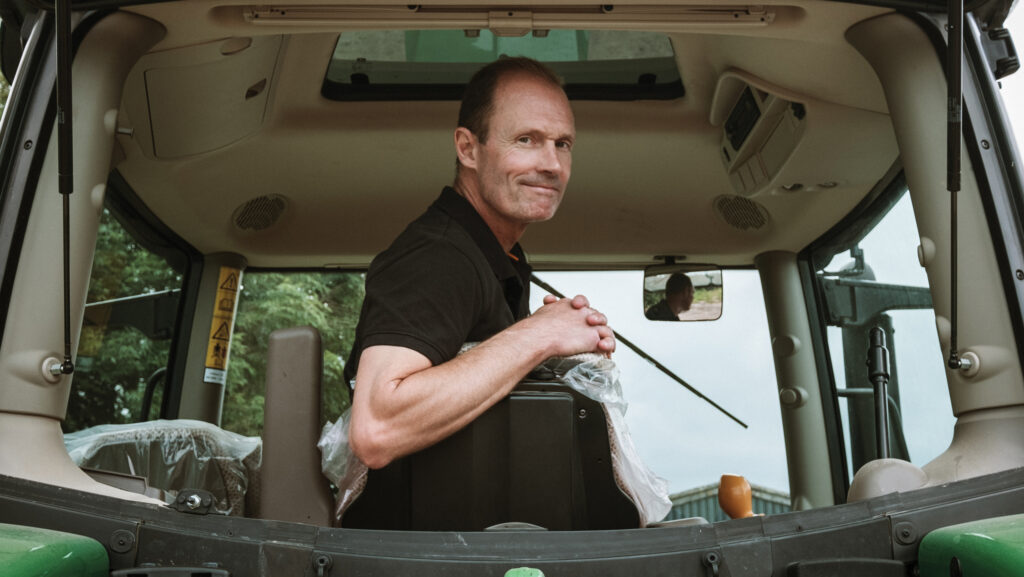Farmer Focus: Reduced input approach is out the window this season
 Andy Barr © MAG/Colin Miller
Andy Barr © MAG/Colin Miller It may not surprise you to hear that my reduced inputs approach is currently somewhat out the window.
Around T0.5 I went away for a few days and septoria took the chance to storm the wheat fields.
We were unable to get on at T0 because of the rain, so ended up with an earlier-than-normal T1 in an attempt to repel the invasion.
This has meant a pretty early T2 with a new fungicide, made all the more urgent with another week of rain forecast.
See also: Dorset grower gains from six-point oilseed rape plan
I have managed to get away with less, cheaper and older chemistry in recent years, which have been increasingly dry.
However, this year there is more septoria than I have ever seen in Extase – but there is no yellow rust, which was my previous concern.
With wheat prices and milling premiums increasing, another difficult area to cut back on is nitrogen. I have reduced rates from 280-300kg N/ha to 170-180kg N/ha, with some foliar N over the past few years.
While we have more or less maintained yield – and consequently reduced the need for other inputs – grain protein has proved a challenge.
We have seen many other European countries impose strict nitrogen limits, but something is going to have to give in order to save the planet and feed everyone.
The Netherlands is now dropping its nitrogen reduction targets. I have always thought such changes, like banning neonicotinoids, really need a solution before implementation.
But looking at the way we have approached climate change, maybe the only way we humans find the solution is by scrabbling around frantically when forced to, rather than carefully planning ahead.
The only constant is change, however.
I was reminded of this recently when I found myself wistfully reminiscing to my daughter about how I used to lamb sheep in that barn, milk cows or raise calves in that one and store grain in this one.
Nowadays, they are all full of items completely unrelated to agriculture.


